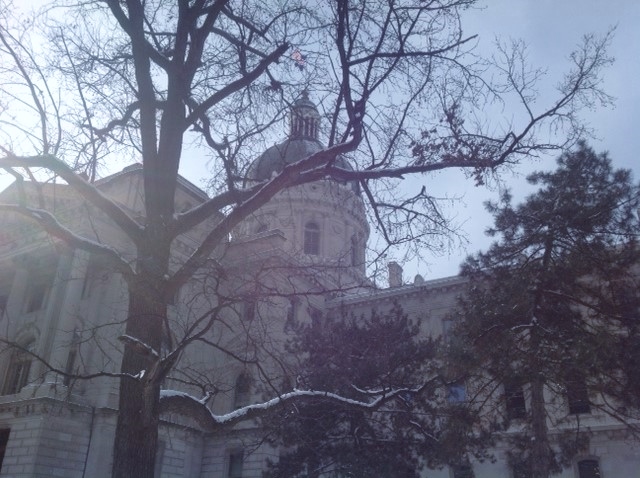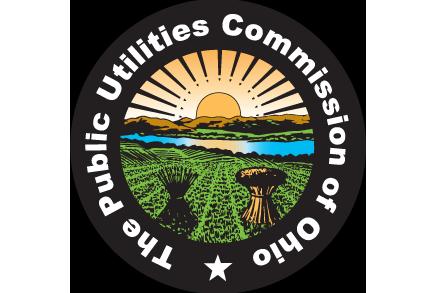UPDATE 2/14/18:
See this website for an updated list of 2018 Indiana Third House Meetings https://docs.google.com/spreadsheets/d/1D24ZM_N9Fcwd1ZJ9Sqe4nDWD6dC2KWXGb18g0A8DmVo/edit#gid=1506074294
Sessions to have same format; Talking politics with local legislators
Cold-beer sales, workforce development training, education funding.
These issues and others are likely to come up during the free weekly forum that allows local residents to discuss pending legislation in the Indiana General Assembly with their elected representatives.
However, the political discussions will be in a new location this winter. Beginning Jan. 22, the Third House sessions will be at Mill Race Center, 900 Lindsey St., due to renovations underway at Columbus City Hall.
The 90-minute forums begin at 7:30 a.m. each Monday until the state legislature adjourns for the year. Unless the legislative calendar changes, the final Third House session will be March 12, two days before the Indiana General Assembly’s scheduled adjournment.
Sponsored by the Columbus Area Chamber of Commerce, the two Republican lawmakers who usually answer questions each session are State Sen. Greg Walker and State Rep. Milo Smith, both of Columbus. Smith on Thursday announced that he would serve out his term, through the end of this year, but would not seek re-election in this year’s Republican primary.
Three other lawmakers whose districts include a portion of Bartholomew County constituents have standing invitations to attend if their schedules permit, chamber president Cindy Frey said.
They are Sen. Eric Koch, R-Bedford, Rep. Jim Lucas, R-Seymour, and Rep. Sean Eberhardt, R-Shelbyville.
The three topics that tend to stir the strongest passions among Columbus area residents are education, infrastructure investment and environmental protections, Frey said.
What’s currently getting the most attention in education are proposed requirements for computer science courses at both the primary and secondary school levels, she said.
Both Walker and Smith, as well as Bartholomew County Commissioner Carl Lienhoop, have said they anticipate the opioid crisis will receive a lot of attention.
That includes substantial concern regarding a claim last month by then-Indiana Department of Child Services director Mary Beth Bonaventura that the crisis has pushed child welfare systems to their breaking point, Frey said.
In the area of workforce development, local businesses are seeking more state funding in job skills training, as well as a better alignment of educational systems with their needs, Frey said.
Public interest regarding Sunday alcohol sales, as well as proposals to allow cold beer sales in convenience stores, also appears to remain high, the chamber president said.
That’s largely because one of two Indiana convenience stores that temporarily found a way around current cold beer restrictions last year is located in Columbus, Frey said.
A legislative effort to merge smaller townships with large ones throughout all 92 Indiana counties also may spark debate during the forum, she said.
An average of about 50 people showed up for the Third House program each week last winter, but the chamber president says attendance tends to drop off a bit during non-budget short sessions, which is what is taking place this year.
Coupled with the early start of the Third House sessions, plenty of free parking should be available at Mill Race Center, she said.
Third House Sessions
What: A free weekly forum allowing the public to ask questions and express concerns to their state lawmakers.
When: 7:30 a.m. every Monday morning from Jan. 22 through at least March 12.
Where: Mill Race Center, 900 Lindsey St.
Sponsor: Columbus Area Chamber of Commerce.
2018 Meet Your Legislator Meetings in SW Indiana
January 13 – Evansville Central Library 9:15 am
February 3 – Poseyville Community Center 9:00 am
February 10 – Evansville Central Library 9:15 am
March 3 – Southern Indiana Career and Technical Center 9:00 am
March 10- Evansville Central Library 9:15 am
If you have information about similar Meet Your Legislator or Third House meetings in your area, please send them to: Laura.Arnold@IndianaDG.net and I will post them here and distribute via social media. Thank you!











